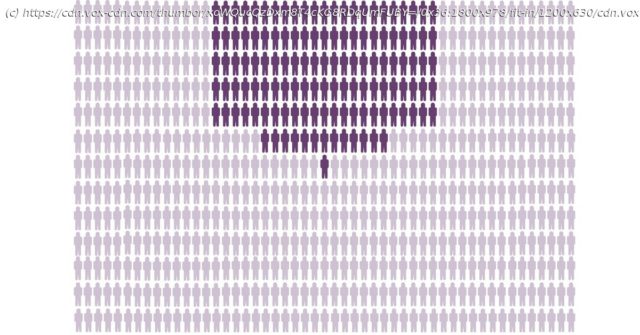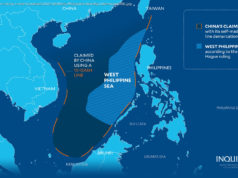Here’s why epidemiologists are so concerned about more transmissible versions of SARS-CoV-2.
Here’s why epidemiologists are so concerned about more transmissible versions of SARS-CoV-2. A more contagious SARS-CoV-2 virus is a deadlier one. Not because it gets any individual sicker but because it reaches more people. More illness means more cases: more mild cases, more severe cases, more long-term complications, more hospitalizations, and more deaths. There’s no one perfect estimate for how much more contagious the SARS-CoV-2 variant called B.1.1.7, which was first discovered in the UK, might be. There needs to be more careful lab work done in animals to nail it down, which could take a few more weeks. But preliminary estimates find it to be between 30 percent and 70 percent more contagious. This variant is now popping up all over the world: in the US, throughout Europe, in Asia, and elsewhere. It’s especially concerning, considering that, in the US and elsewhere, the pandemic’s spread is still reaching new heights. There’s also a variant called 501Y. V2 that was first found in South Africa; it appears less widespread than B.1.1.7, but also to be more contagious than older variants. It’s still possible that other more transmissible variants will emerge in the future. Scientists just don’t know. Regardless of exactly how transmissible any new variant is, any possible increase in transmissibility is extremely concerning to epidemiologists and others in public health. It means now, more than ever, our collective and individual actions to stop the spread are critically important. Here are a few key reasons why. A more transmissible virus simply means more cases The reason for concern over a more contagious variant of the virus is simple. “Once it [the variant] becomes common, it will accelerate transmission considerably,” Harvard epidemiologist Marc Lipsitch said on a press call. Accelerated transmission means more cases. That’s because the virus grows exponentially. Any increase in its inherent transmissibility causes an increasingly high number of cases down the line, if control measures don’t also accelerate to keep up. With a 50 percent increase in infectiousness, “in less than two weeks, you get twice the number of cases,” Lipsitch says. “And in a month or so, you have four, five times as many cases. But that’s very approximate.” It could be higher, he says. A more transmissible virus means we need to work harder to stop the spread Epidemiologists think about the transmissibility of a virus with a figure called R, or the basic reproduction number. This describes how many new cases, on average, will follow one case of the virus. In the beginning of the outbreak, before the world sprang into action, epidemiologists estimated the R to be around 2 or 3. Since then, thanks to our (inconsistently implemented) efforts — mask-wearing, social distancing, business closures, etc — the R has been reduced in many states to around 1.






